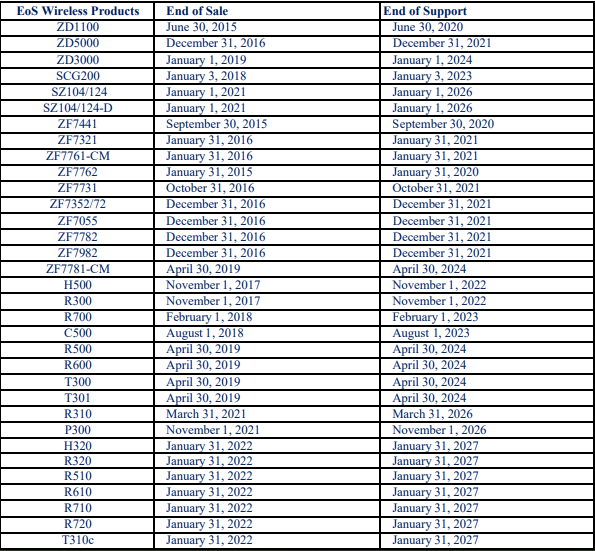

A cheap N100 or N305 mitx with more ethernet and sata ports already attached is one thing, but I wouldn’t wanna risk warranty hell with more money on the line.
Considering you are gonna add a dgpu I would look at a low tdp desktop cpu such as ryzen 7600/9600 from a trusted store instead.
https://forums.servethehome.com/index.php?threads/topton-warranty-practices.40421/

I never recommended the Intel N chips though. :)